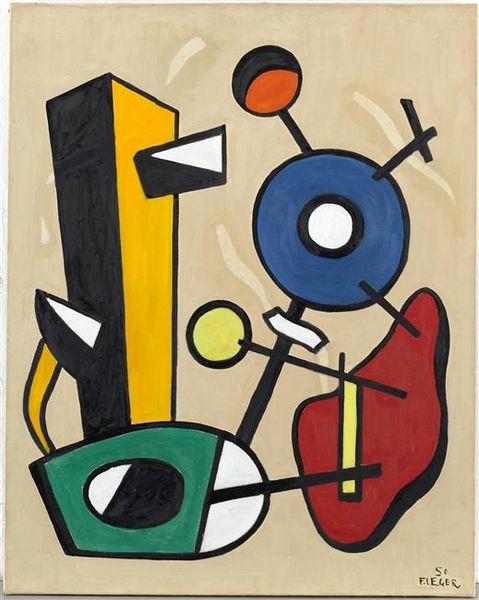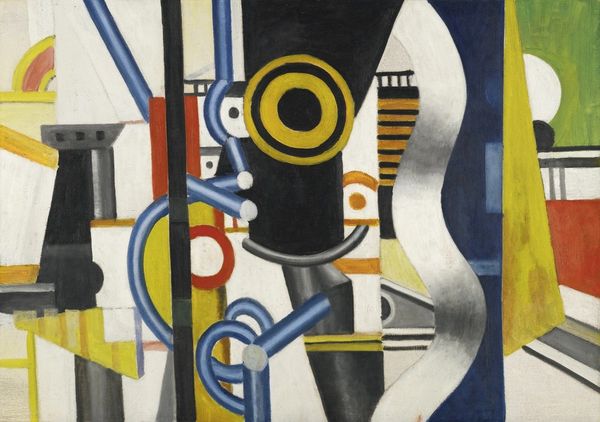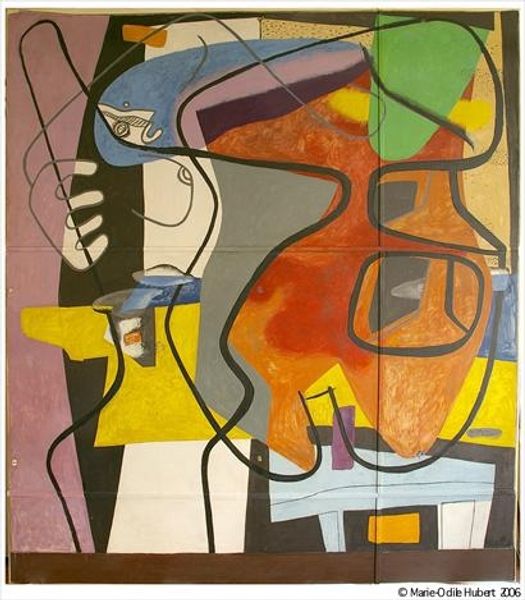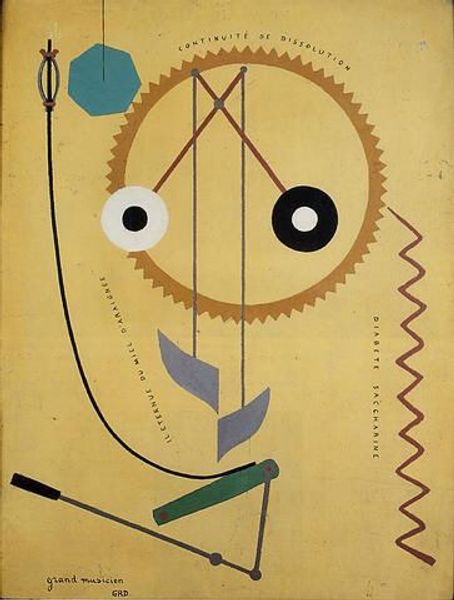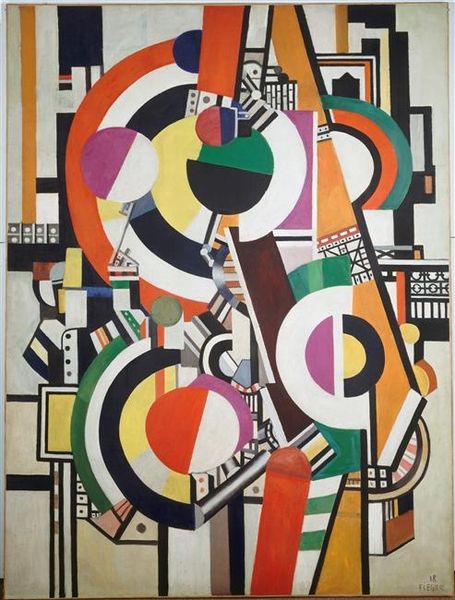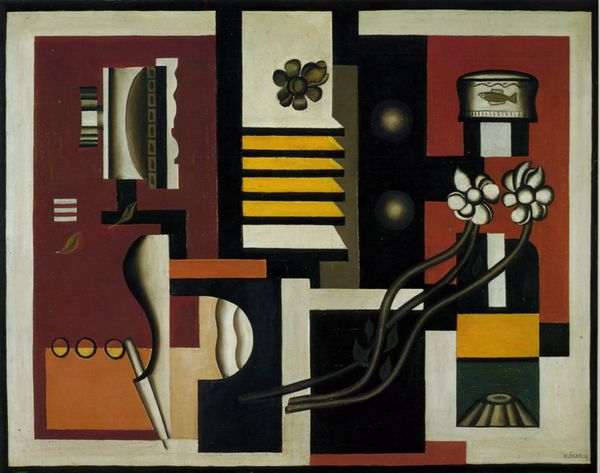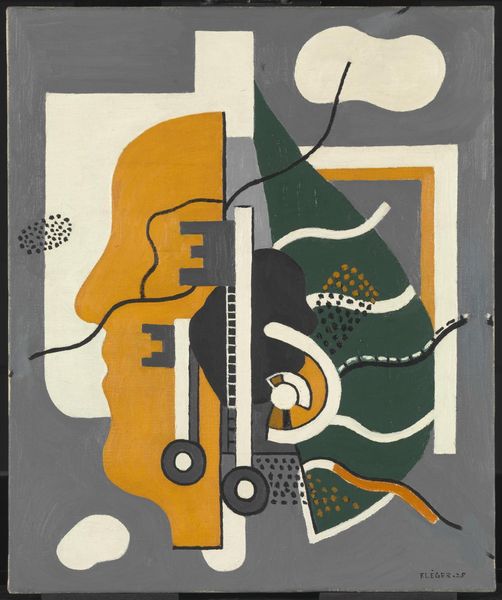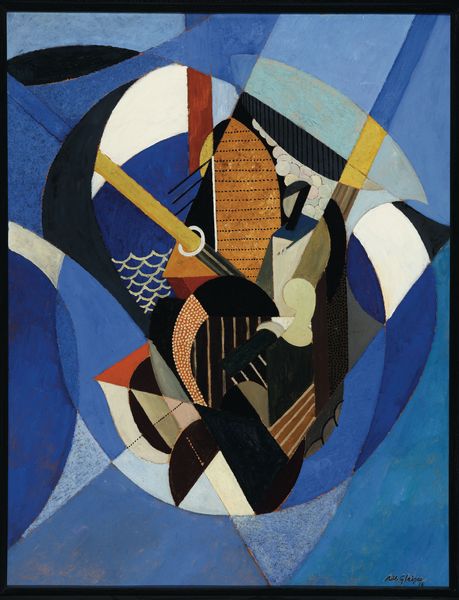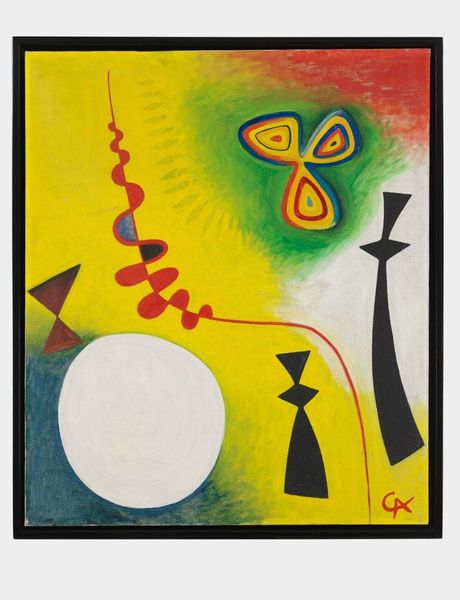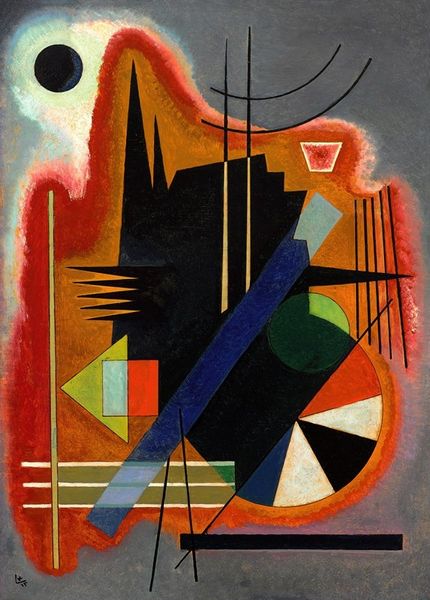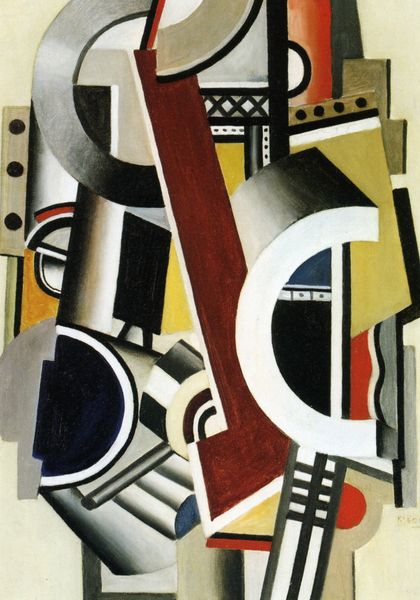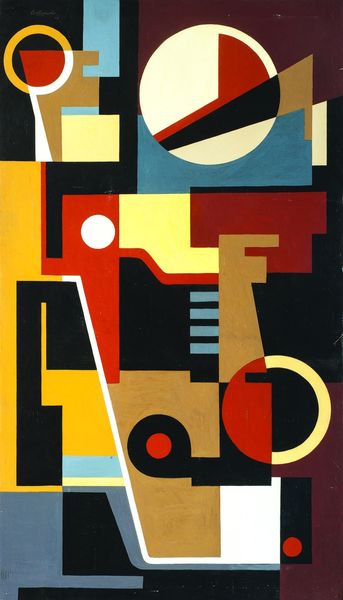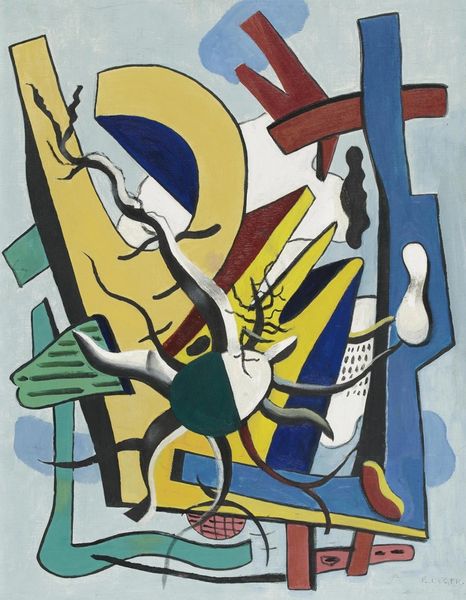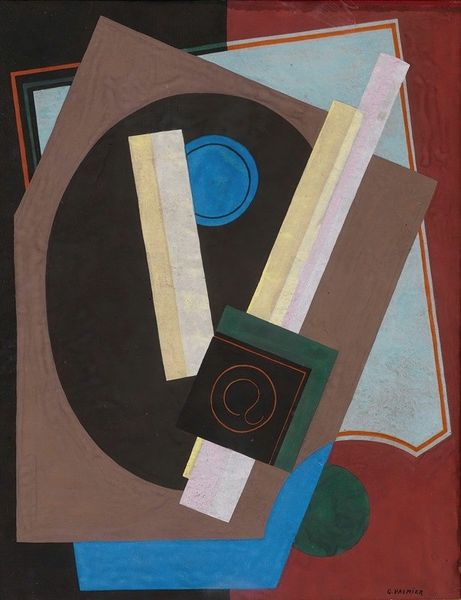
mixed-media, painting
#
mixed-media
#
painting
#
form
#
dada
#
geometric
#
abstraction
#
line
Copyright: Public domain US
Curator: Ah, Georges Ribemont-Dessaignes' "Silence" from 1915, a mixed-media piece that really speaks to the Dada movement's spirit. Editor: My first thought? A visual puzzle box, constrained by the picture frame. The colours are muted, yet the mechanical forms suggest motion, and the balance… somewhat off. Curator: It's precisely that sense of disequilibrium that interests me. Ribemont-Dessaignes's exploration of abstraction in this period reveals the influence of his contemporary Francis Picabia. Look at the use of industrial forms in unexpected combinations and that peculiar annotation: "Szegedin". Editor: "Szegedin" reads like a disconnected textual intrusion, like an uninvited thought or perhaps it alludes to some shared context of that moment in time. As for forms, the visual relationships are complex. Note the geometric components, how the gear interacts—or doesn't—with that piston-like yellow beam, how all the different sections are juxtaposed within a light blue backdrop. Curator: Considering Dada's emergence amid World War I, the seemingly random assemblage might reflect the collapse of societal structures. Its title points directly to this: "Silence" isn’t simply about the absence of noise but the suppression of dissenting voices in wartime. Editor: So, a silent scream captured with lines and geometrical form. Perhaps "Silence" works through absence – the potential sounds that each component invokes, contrasting with the image's stillness, producing an almost eerie quietude. Curator: Exactly. It’s less about celebrating industrial progress, more about questioning the direction of modern society and the individual's role within a mechanized world. Editor: Thank you. Spotlighting the contradictions embedded in these very rudimentary forms illuminates how artworks gain deeper meaning. Curator: Yes, and reflecting on those connections makes a reevaluation of this painting's socio-historical significance particularly impactful.
Comments
No comments
Be the first to comment and join the conversation on the ultimate creative platform.
